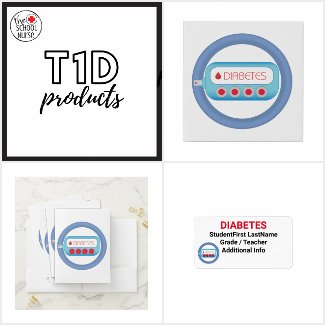Seven Smart Ways to Save Money on
Clinical Considerations in School-based Health
Inside you'll find 134 chapters covering:
But let’s be honest- it’s not cheap! So, if the price tag is making you hesitate, here are seven smart, budget-friendly ways to add this powerful resource to your professional toolkit:
1. Use Your School or District’s PD Funds
Many districts allocate money for professional development or nurse-specific continuing education. This book supports chronic condition care, emergency preparedness, and mental health response all part of your role. It’s a great fit for PD funds.
2. Request Reimbursement After Purchase
If you’ve already purchased the book, don’t forget to save your receipt. Most school districts allow reimbursement for job-related materials, especially if you connect it to supporting student health and safety.
3. Ask Your PTO or School Foundation
These organizations often support learning tools and classroom resources, but they’re also open to funding staff tools that directly support students. A quick conversation explaining how this book helps with care planning, emergency response, and student well-being might be all it takes.
4. Buy the Kindle or Digital Version
Check Amazon for a digital version, which is often significantly less expensive than the hardcover. Bonus: it’s searchable, portable, and can be used across devices. Great for those “quick lookup” moments between visits.
5. Share the Cost With a Colleague
If you work with another nurse or health staff in your building or district, consider splitting the cost and sharing access. You can rotate use or store it in a shared space like your district nurse office or health services library.
6. Explore Mini-Grants or State Nurse Associations
Some state school nurse associations offer professional development stipends or small grants. Others have lending libraries or discount codes for members. It’s worth checking!
7. Use DonorsChoose (if eligible)
If you’re a public school nurse, DonorsChoose is an excellent option. Submit a project requesting the book as a professional learning tool. Emphasize its direct connection to student health outcomes, chronic disease management, and health equity.
Final Thoughts
You don’t need to drain your personal budget to get access to high-quality clinical resources. Clinical Considerations in School-based Health is an incredible guide for school nurses, and these tips might help you bring it into your practice without the financial strain.
P.S. You don’t need bright blue glasses to read this book, but a comfy chair wouldn’t hurt.

.png)


.png)
.png)
.png)


.png)









.png)
.png)


.png)

.png)

.png)














.png)

.png)